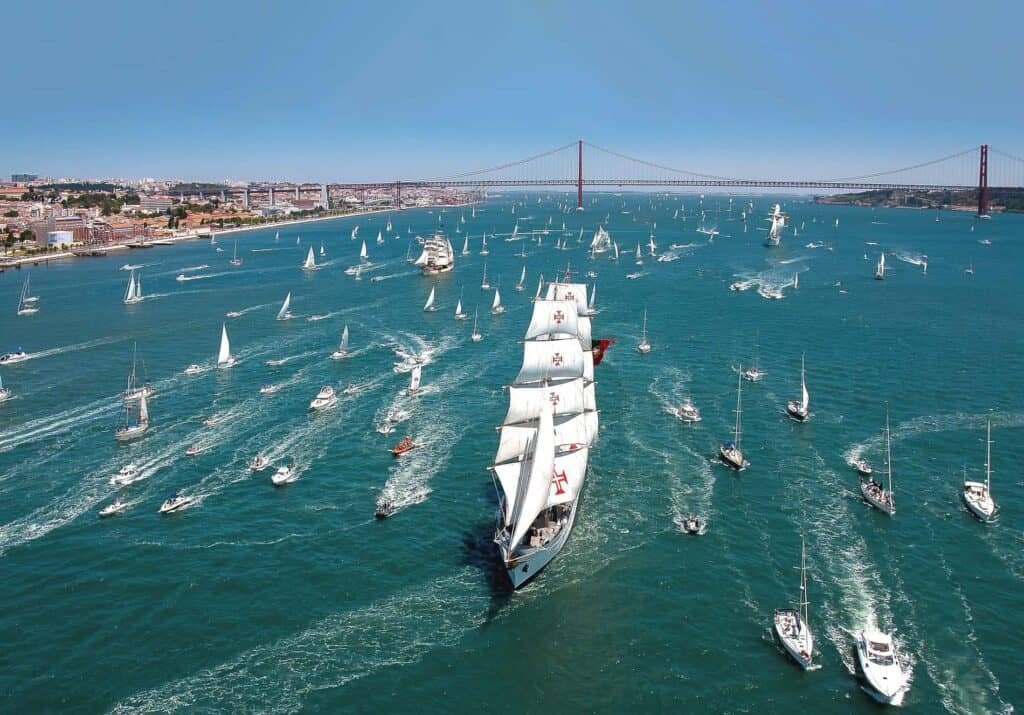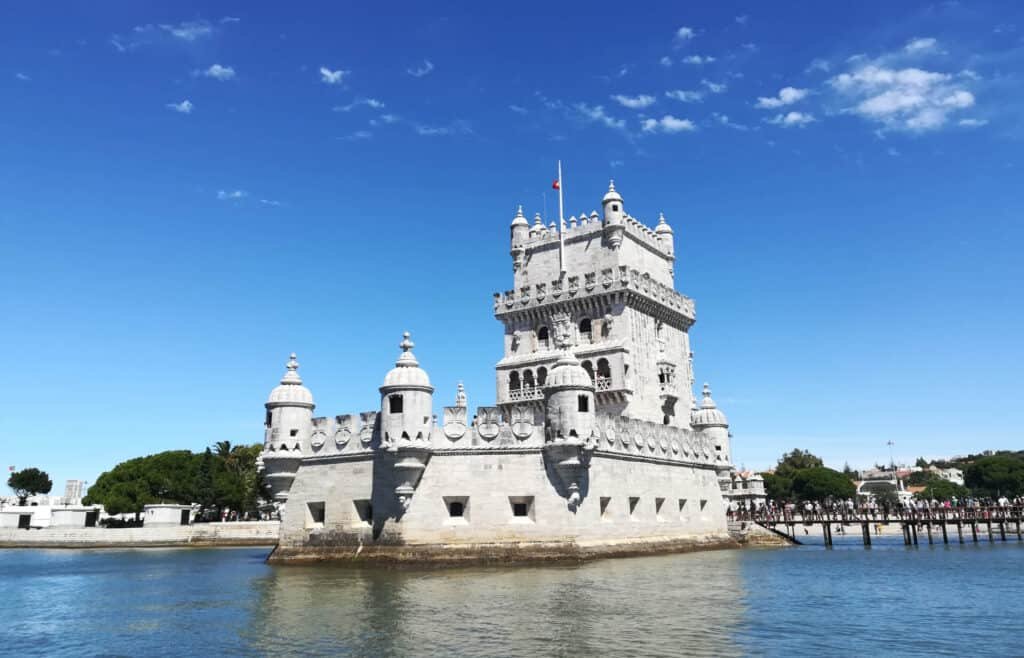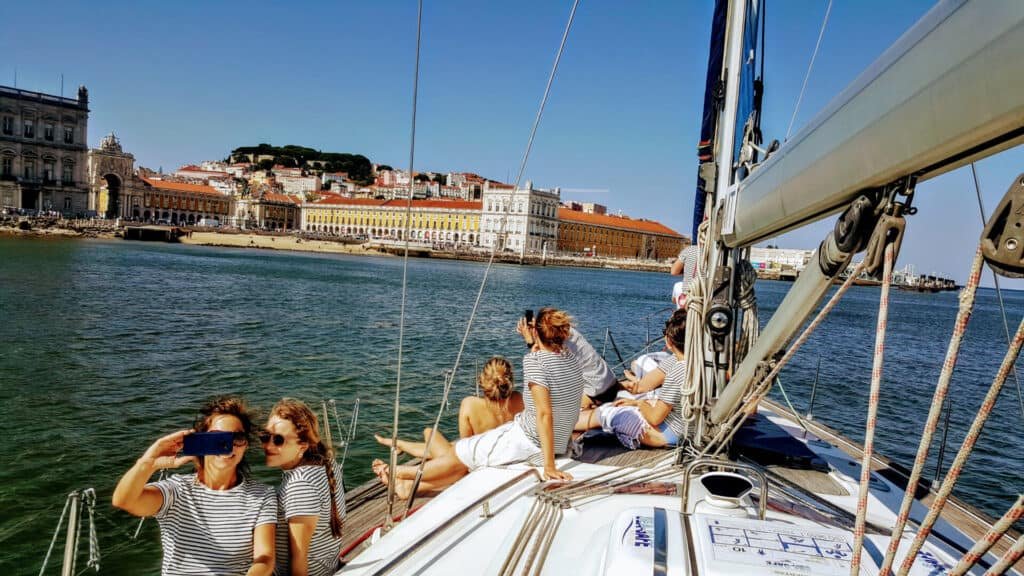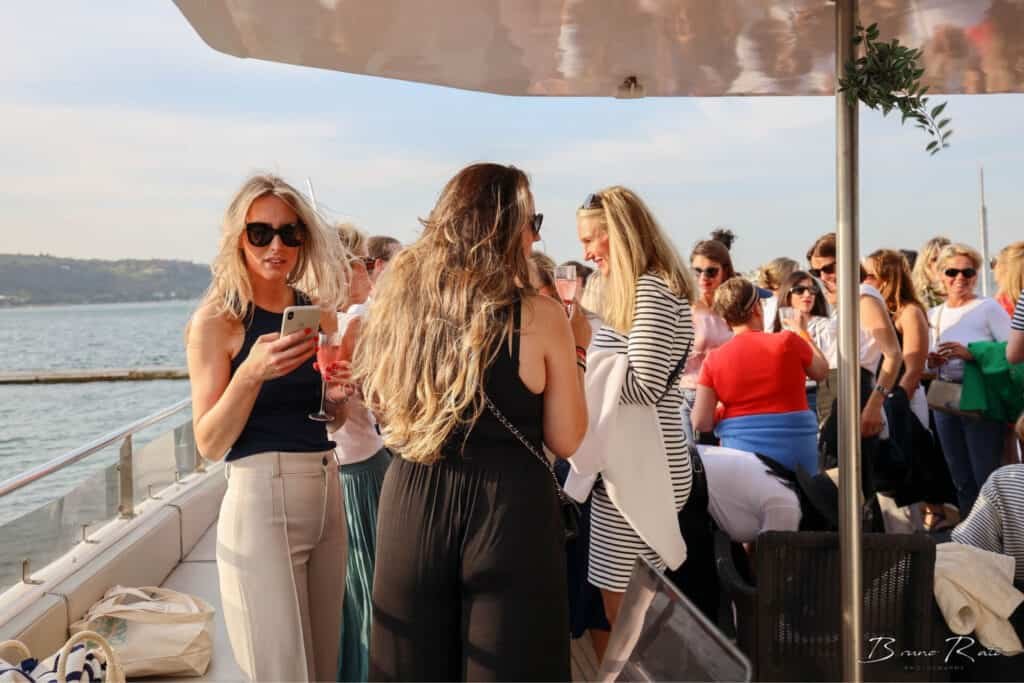The Tall Ships Race promises to transport you to a bygone era where the thrill of discovery and the allure of the open sea reign supreme. So get ready to embark on an unforgettable journey with the Tall Ships Race Magellan – Elcano and come and see the world’s greatest sailing ships up close.
To give you an idea of just how big this regatta is, we’ll tell you how it all began, which sailboats are always present and when you can see this “phenomenon” up close.
Tall Ships Race history
The Tall Ships Race has a prestigious history and deep significance in the maritime community. Undeniably, this international sailing competition brings together some of the world’s greatest sailboats and was created to preserve tradition and provide the opportunity for competition for sailors and enthusiasts.
Born in 1480, Fernão de Magalhães was the Portuguese navigator, in the service of Castile at the time of the Discoveries, who stood out for having led the first circumnavigation trip around the world. With the purpose of discovering new routes, Fernão de Magalhães planned and commanded the maritime expedition.
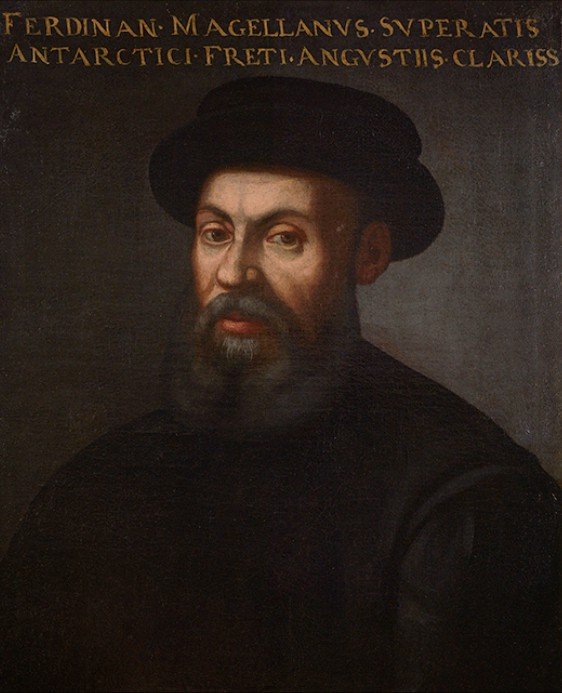
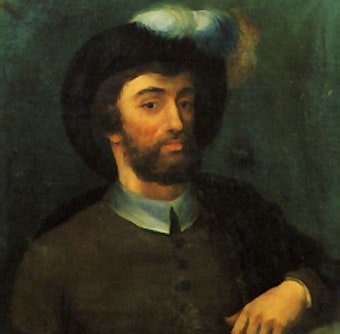
The start of the journey
In 1519, Ferdinand Magellan began the voyage that would take him across the Atlantic, Pacific and Indian Oceans. The captain of the armada went in search of a new way to the Indies, via the West. Five ships with more than 265 men, set sail for Tenerife, followed by Rio de Janeiro, Uruguay, finishing the reconnaissance of the Rio de Prata estuary. After arriving at the port of San Julián there is a rebellion of Castilian captains against the Portuguese navigator and then the ship Santiago sinks.
Crossing the Pacific
The crossing of the Pacific Ocean begins. In the first trimester of 1521, Ferdinand Magellan discovers the islands of São Paulo, the Sharks and the Marianas. After months of hunger, thirst, disease and violence, they reached the Philippine archipelago.
The day of Magellan’s death
On April 27th, 1521 and before completing his voyage, the Portuguese navigator died in battle at the hands of the tribal chief Lapu-Lapu in the Philippines.
After the death of Ferdinand Magellan, the voyage was commanded by Juan Sebastian Elcano. The return was made aboard the only ship that resisted, the Victoria, circling the Indian Ocean and rounding the Cape of Good Hope. Three years after his departure, Sebastián Elcano and the rest of the crew (18 men) returned to Spain and the port of Sanlúcar.
Despite all the battles and challenges, the expedition brought few financial benefits. This voyage confirmed all theories about the sphericity of the Earth and started the process of globalization.

First year of the competition
The first Tall Ships Race was held in 1956, sailing from Torbay to Lisbon. Since then it has been a globally recognized event, attracting thousands of participants and spectators at every edition.
The route takes participants on a journey around the world, allowing them to experience the same spirit of exploration that guided explorers of the past. During the race, sailors face open sea, weather challenges while visiting historic ports along the way.
In this way, maritime history and culture are celebrated, and the great sailing ships are kept alive as witnesses to shipping’s glorious past.
Curiosity alert
The crew of the Tall Ship Races is made up of “50% young people between the ages of 15 and 25 – a premise that has existed since the first race”. This allows groups of young volunteers to be added to the core crew at each new stage.
This idea has been around since the first regatta more than 65 years ago and therefore still applies today.
The world’s largest sailing ships are coming to the Tagus river
One of the most exciting parts of this competition is the variety of sailing boats that take part. Each vessel has its own unique characteristics that make them worthy of admiration.
Among the participants, we can find the majestic three-masted sailing ships such as the Cuauhtemoc, the Georg Stage and the Dar Mlodziezy.
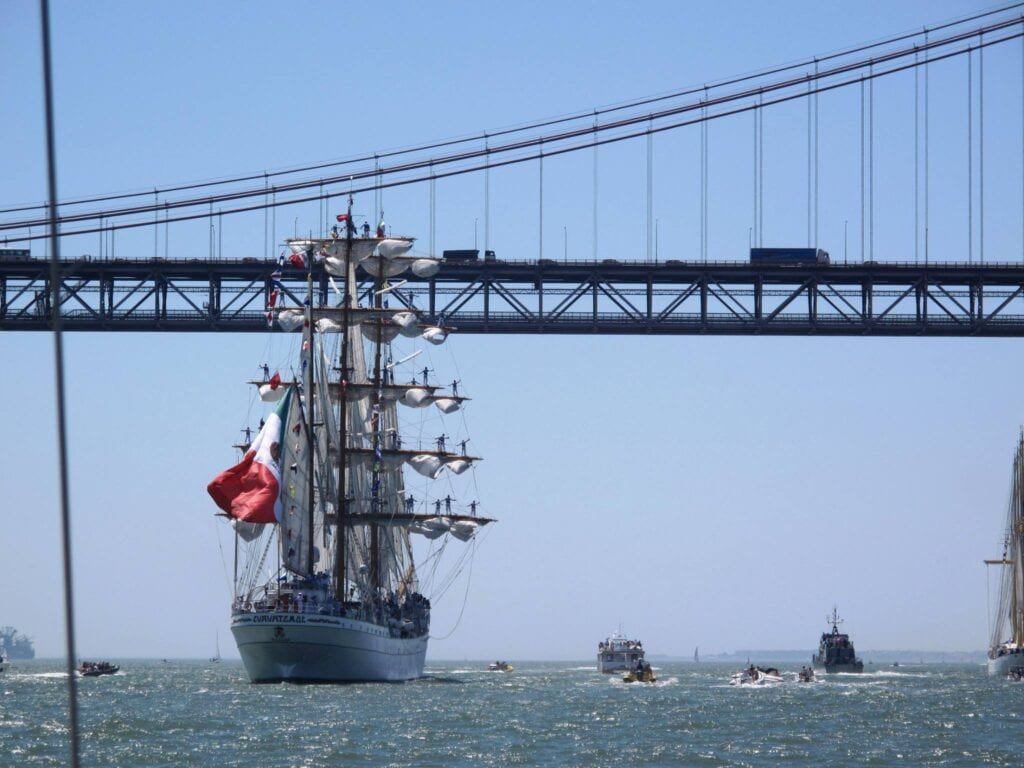
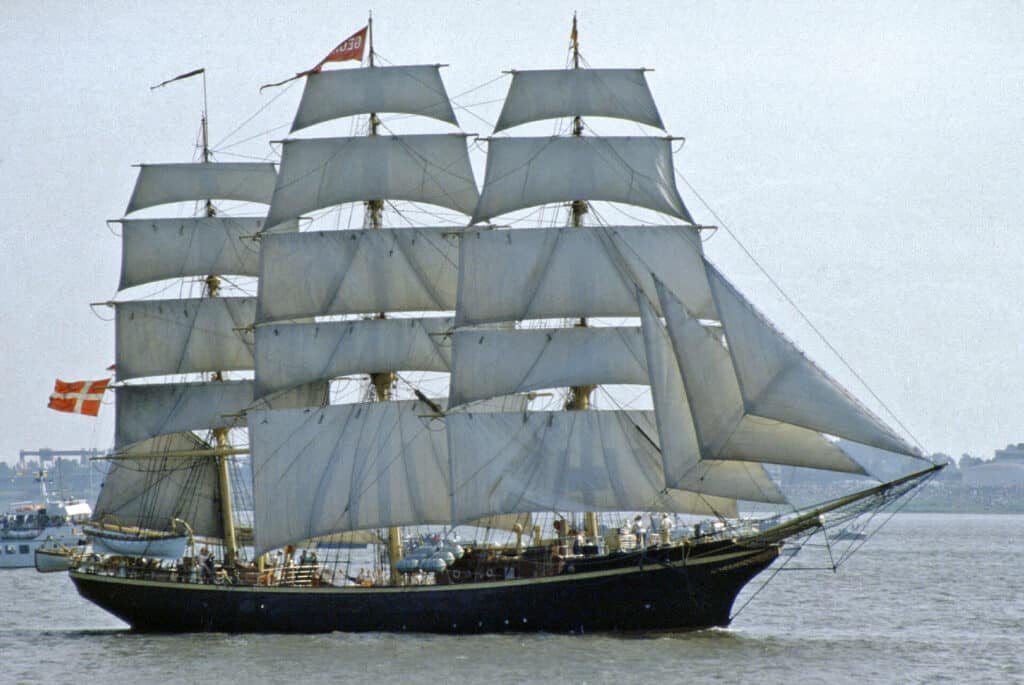

Among the participants, we can find the majestic three-masted sailing ships such as the Cuauhtemoc, the Georg Stage and the Dar Mlodziezy. and the Fryderyk Chopin. In addition, there are also historic warships, such as the Juan Sebastian Elcano, which has a rich heritage and is an icon of the Spanish Navy. Each ship brings with it a fascinating story and a legacy honored during the regatta.
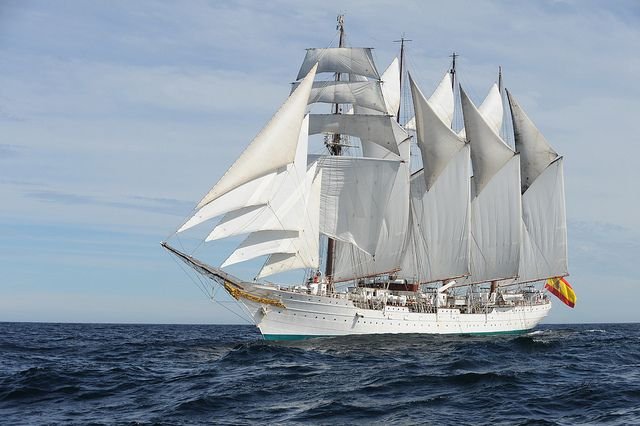
If you want to participate in this regatta and embark on this adventure from Portugal, the Portuguese Caravel “Vera Cruz” will also be present. From August 19 to 26, the caravel will make the Lisbon – La Coruña route. On August 26 – September 2, it sails from La Coruña to Lisbon. And finally, on September 2-9, it leaves Lisbon for Cádiz, where its journey ends.
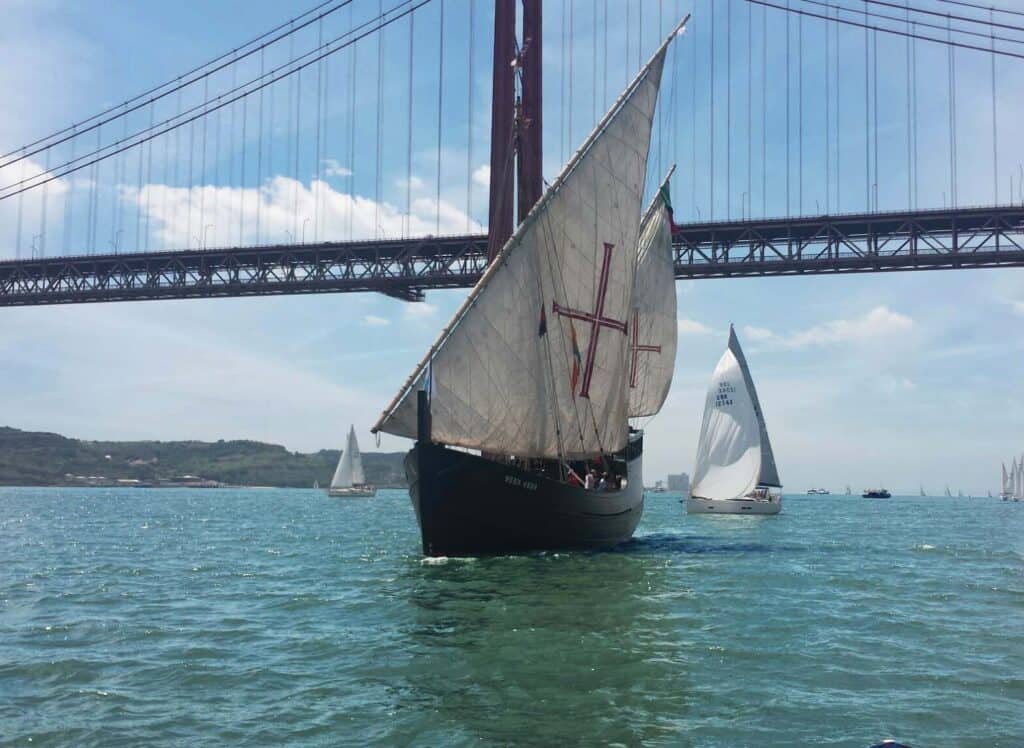

If you are curious about anything else, find out more here.
The Tall Ships Race will pass through Lisbon
The Tall Ships Race Magellan – Elcano 2023 has become a symbol of maritime excellence, celebrating the spirit of discovery and the indomitable human will. The race is created, above all, to celebrate the first circumnavigation of the world by Fernão de Magalhães and Sebastián Elcano.
This competition will start on August 15, in Falmouth (United Kingdom), passing through Coruña (Spain) until reaching Portuguese waters. Between August 31 and September 3, this regatta will pass through Lisbon, making it an opportunity to watch this exciting spectacle on the Tagus River.
Finally, the Tall Ships Race Magellan – Elcano will end between September 7 and 10 in Cádiz, Spain.
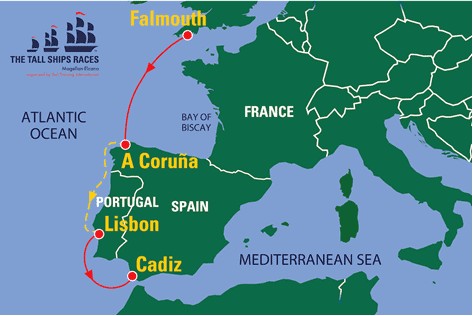
Whether as a competitor or spectator, the Tall Ships Race immerses anyone in the wonderful world of sailing. Don’t miss the opportunity to see this race up close.
In summary and conclusion
From its humble beginnings to its triumphant modern edition, the Tall Ships Race has become a symbol of maritime excellence, celebrating the spirit of discovery and the indomitable human will.
Climb aboard the vessels that embody maritime history and follow in the footsteps of explorers such as Ferdinand Magellan and Juan Sebastian Elcano.
So whether you are a sailor or simply someone looking for a unique experience, this is your chance!
Or, if you just want to see these magnificent vessels while they are moored in Lisbon, you already know, you should do it between August 31 and September 3, and on this last day you can also enjoy the great moment that is the spectacle of their departure, through the mouth of the Tagus, in the direction of the Atlantic.
